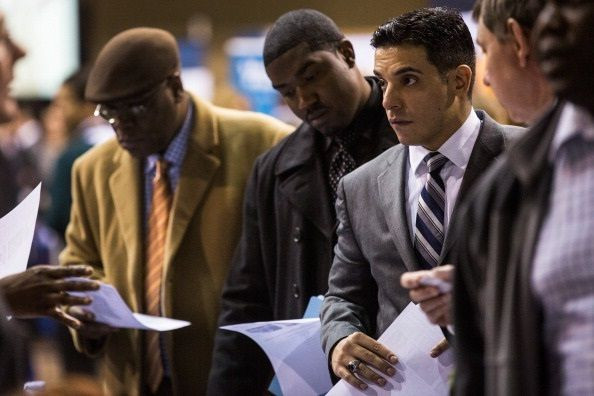How Will Blacks, Hispanics Fare After Federal Reserve Interest Rate Hike?

The U.S. Federal Reserve’s decision to begin edging up interest rates could make it harder for blacks and Hispanics still reeling from the Great Recession to find jobs, according to some economists. When money is cheaper to borrow, businesses find it easier to expand and hire more workers, which has historically meant racial minorities benefit the most.
The near-zero interest rate, which the Fed kept low over the past seven years to spur job growth, helped millions of black and Hispanic Americans return to full-time work, as well as find footing in the middle class through homeownership. But post-recession progress seen in the black and Hispanic unemployment rates, which have been as much as double the rate for whites in recent years, can be slowed by the Fed’s raising of the interest rate by a quarter of a percentage point, the economists said.
“Today’s actions are a worrisome backwards step,” said Josh Bivens, policy director at the Economic Policy Institute, a Washington, D.C., nonprofit think tank that follows the impact of economic trends on the working class. “Despite years of steady progress restoring the damage inflicted by the Great Recession, a full economic recovery remains incomplete.”
Fed officials raised the interest rate Wednesday for the first time in nearly a decade, and said future increases would be rolled out slowly. Aside from affecting the cost of mortgages and car loans, as well as the appreciation of savings accounts and other financial investments, the interest rate is key in determining whether the U.S. reaches a condition of full employment.
In economic terms, full employment would happen if the number of jobs and number of people looking for work were nearly matched up. The Fed has previously suggested that full unemployment can be achieved when the unemployment rate falls under 5 percent.
Last month, the unemployment rate was 5 percent, according to the U.S. Bureau of Labor Statistics. But while the jobless rate for whites was 4.3 percent in November, the rate for blacks was 9.4 percent. The unemployment rates for Asians and Hispanics were 3.9 percent and 6.4 percent, respectively.
“Aggressive pursuit of full employment is the only policy measure that has delivered strong and equitable wage growth in the past generation, and the vast majority of American workers are unlikely to see any real wage increases absent it,” Bivens said. “The potential benefits to holding off on further rate increases and allowing further improvements in unemployment are enormous.”
Shawn Sebastian, a campaigner for the labor-based coalition Fed Up, wrote Tuesday that a rate increase would "take these gains away from the lowest income workers, sacrificing them to hypothetical, not actual, inflation," which could disproportionately affect economic recovery for African-Americans and Hispanics. Minority community activists were among those who demonstrated in the snow outside the Federal Reserve Bank of New York in March, to urge officials to keep the rate low until the high unemployment rates dropped for nonwhites.
Valerie Wilson, director of the Economic Policy Institute’s Program on Race, Ethnicity, and the Economy, has said the timing of the Fed’s decision to raise interest rates would decide how complete the economic recovery will be for African-Americans. Prematurely raising the rates to stave off inflationary pressures would mean “years of foregone income and wage growth for precisely those American families that have disproportionately suffered over the past decade,” Wilson wrote in March.
The interest rate hike could also affect housing prospects for black and Hispanic homeowners, Skylar Olsen, senior economist at the real estate company Zillow, said last month. Banks could respond to the rate hike by making it more difficult for borrowers to qualify if they already fall on the lower end of loan qualification measures. Although the percentage of Americans who were denied mortgage loans ticked down in 2014, sharp racial divides still exist and a rate increase could affect loan applications, Olsen said.
© Copyright IBTimes 2024. All rights reserved.






















